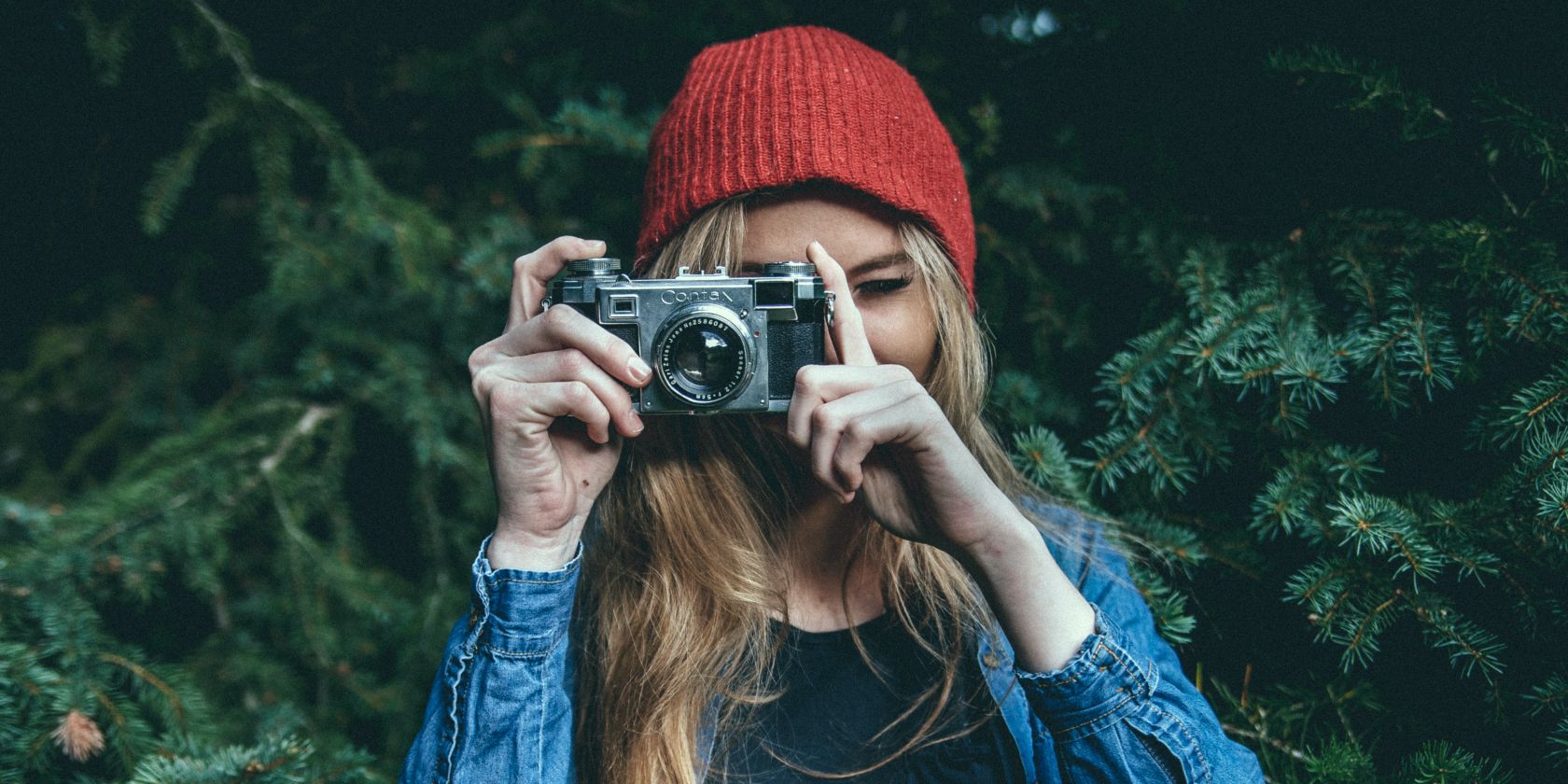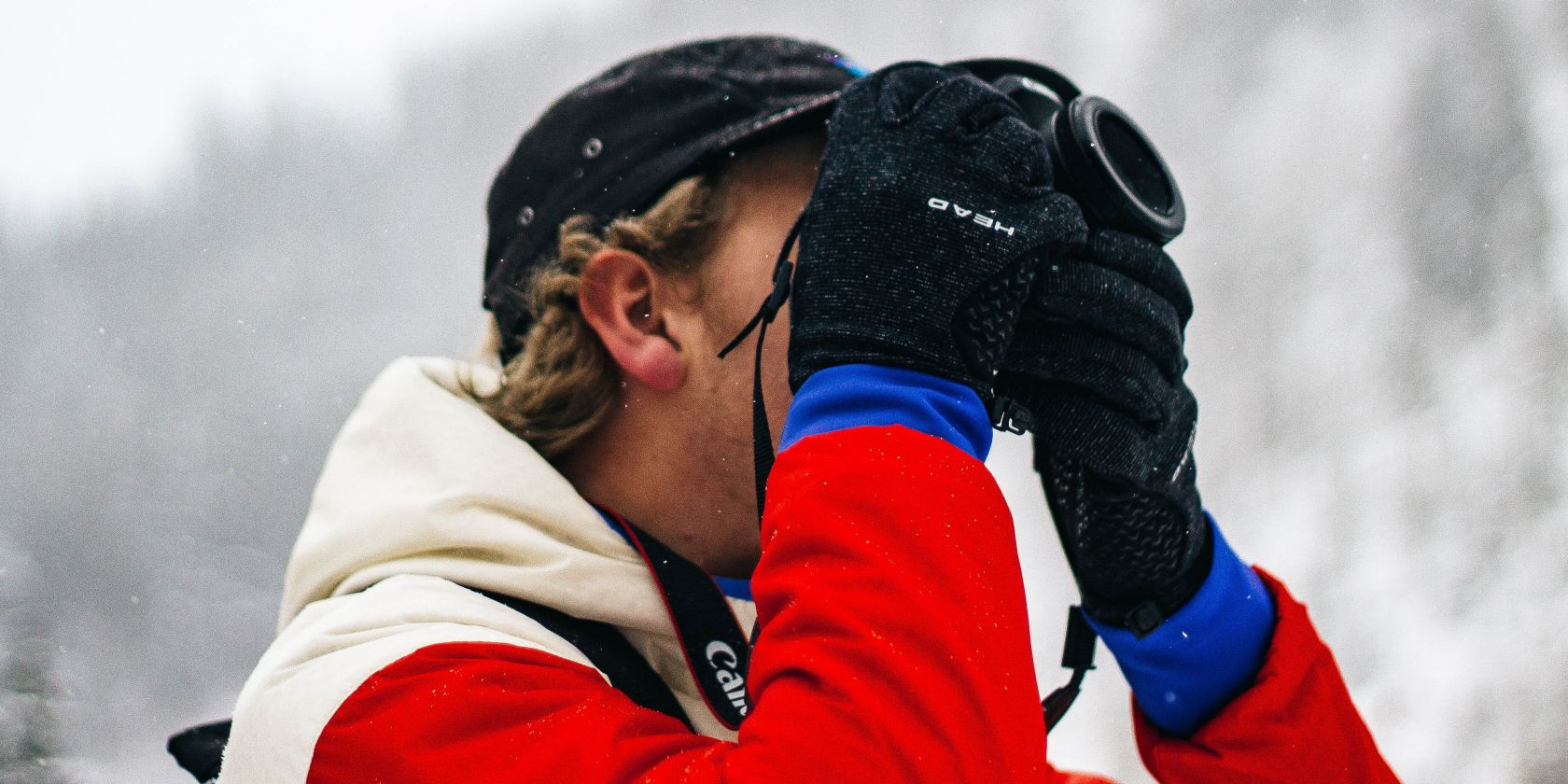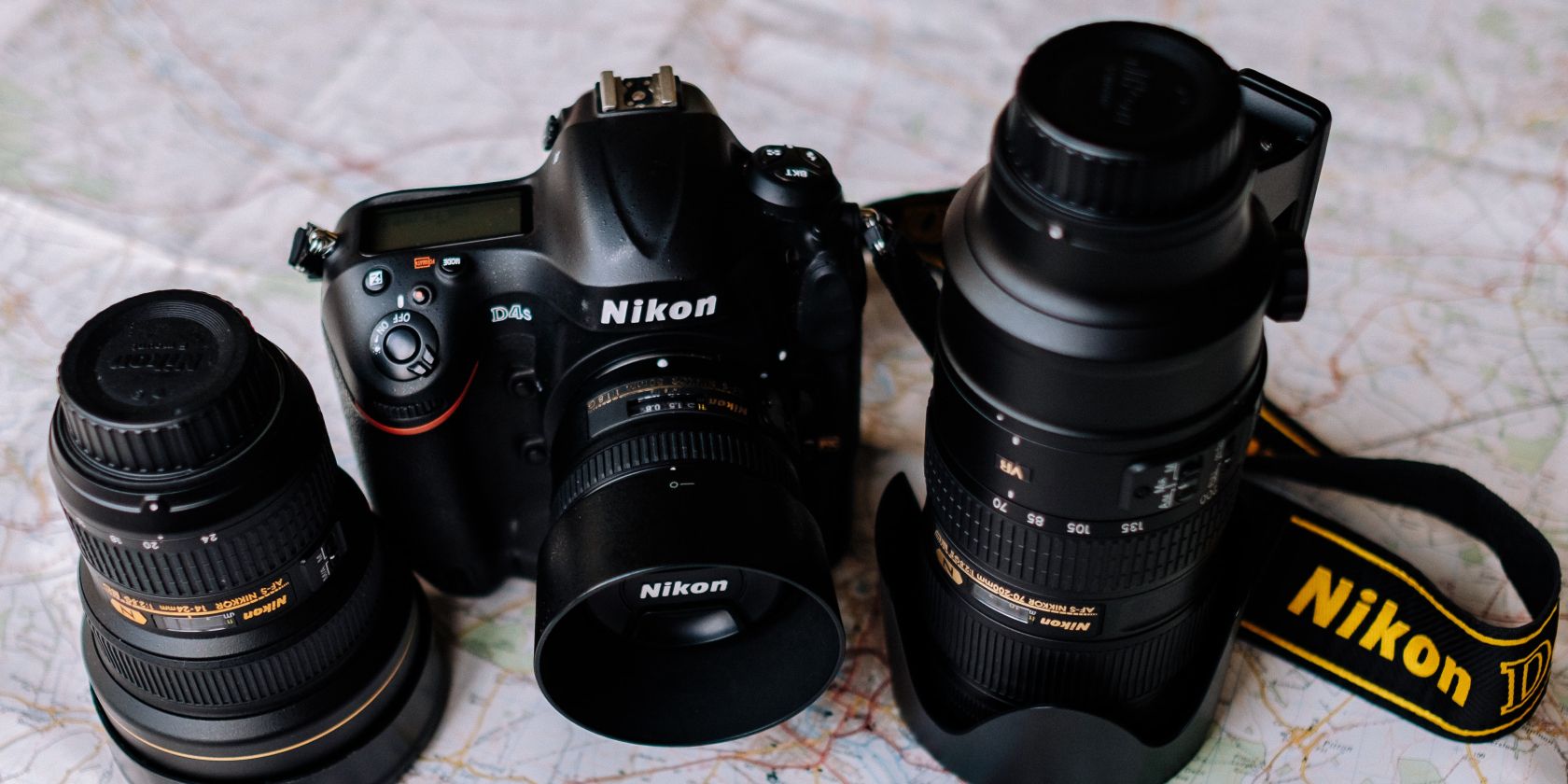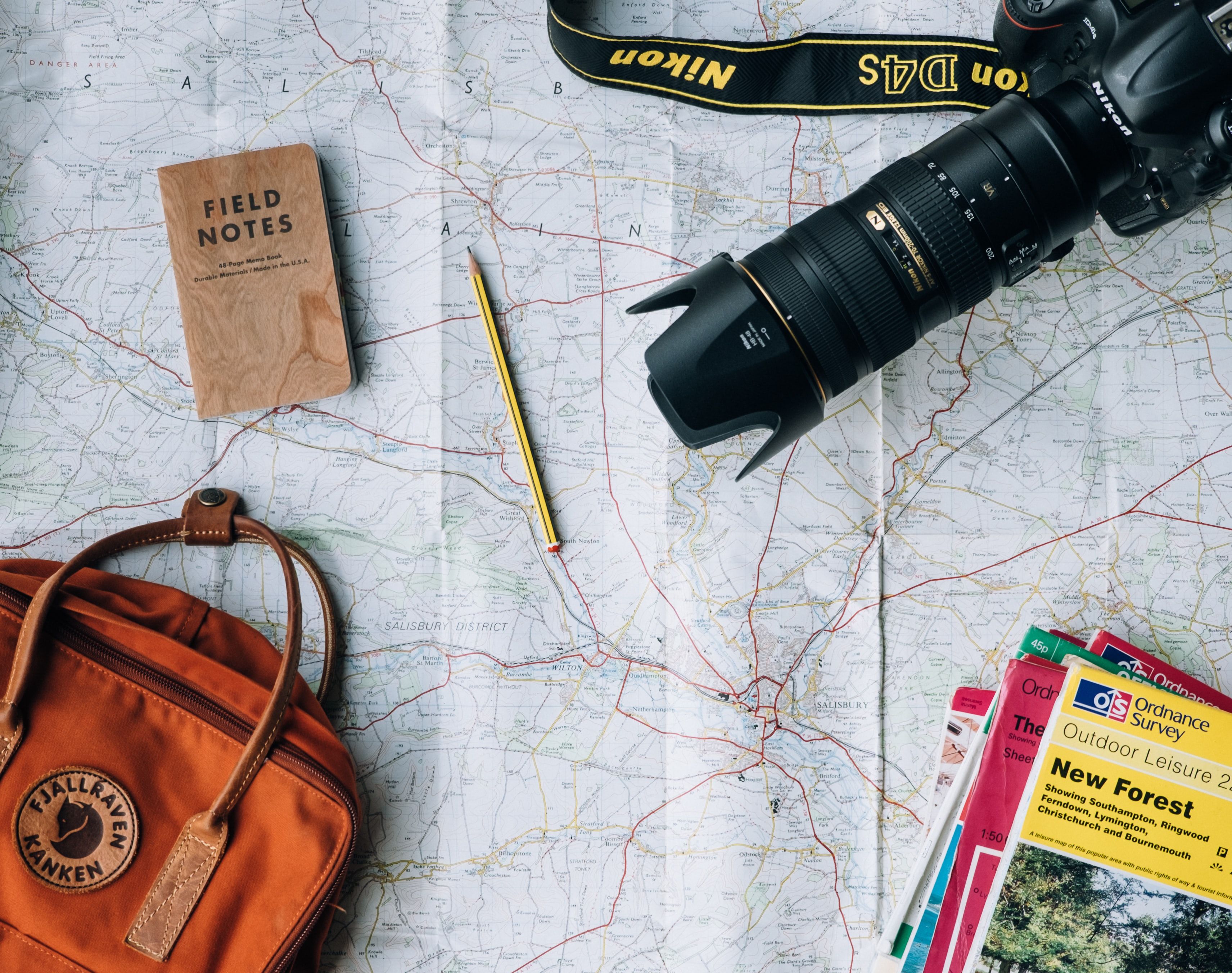As a photographer, few things are more enjoyable than buying new equipment. However, camera gear gets expensive—and you might not be able to spend that much if you buy at the recommended retail price.
Fortunately, photography is more accessible today than ever before. You can take professional-level photos with the phone in your pocket, and we’ve seen an emergence in several websites offering equipment at a lower rate.
Are you looking to save money on your new photography equipment? You’re in the right place. This article outlines eight ways you can upgrade your photography equipment on a budget.
1. Buy Second-Hand Gear
If you don’t want to spend thousands on a new camera or lens, you can purchase second-hand equipment at a lower cost. There are plenty of websites selling second-hand photography gear, and your local electronics store might also have a selection for you to choose from.
The amount you pay will depend on the condition of the equipment. If the camera or lens isn’t too different from brand-new versions, you’ll pay a higher price, whereas items with scratches will cost less. Make sure that the gear works before completing the purchase, as some sites sell faulty equipment.
When you buy second-hand photography equipment, you’ll also help promote sustainability.
2. Sell Your Old Equipment
As we progress through the photography ranks, we’ll naturally stop using cameras and lenses that no longer serve us. Regardless of whether you buy second-hand photography gear or opt for something brand new, you can fund at least some of your purchases by selling your old equipment.
Several second-hand photography websites will offer you the chance to pass on your stuff and pay you money or credits. In some cases, you can exchange it for another lens or camera that you want.
Besides freeing up additional funds for your next purchase, selling your old equipment allows someone else to begin their photography journey. As such, you can feel happy with yourself for doing a good deed.
3. Create a Savings Plan
Sometimes, you’ll struggle to afford the camera or lens that you want even if you use a second-hand website or sell your old equipment. Our advice: create a savings plan. Set a minimum goal amount for each month. Even putting away $5 or $10 is better than nothing.
Ensure that you don’t spend the money you save on something else by creating a separate bank account. Alternatively, you can make pots and vaults; many of the major digital banks, such as Revolut and Monzo, will let you do this.
4. Buy One Thing at a Time
Have you ever wondered how your favorite photography YouTubers have camera setups worth thousands—if not tens of thousands—of dollars? In most cases, these individuals didn’t buy everything simultaneously.
If you want to upgrade your photography equipment, you should do so over an extended period. Not only is this more financially sustainable, but you’ll also have enough time to become familiar with all the pieces you buy.
You might struggle with knowing what to buy first, especially when your shopping list is lengthy. Ask yourself the questions below to make a better decision:
- What style of photography interests me the most, and which lens will help me achieve this?
- Which piece of equipment do I desire the most?
- Which camera or lens is different enough from what I’ve already got, and will add more value to my work?
5. Buy Your Equipment in a Different Country
Depending on where you live, you might find that the photography equipment you want is less expensive in a different country. Many nations have sales tax on top of the retail price, which can bump the costs.
If you’ve got a big trip coming up, checking out the local electronics stores is a good idea. Alternatively, try to look for your items from a website in a country nearby; you’ll need to keep the delivery fees and any importation costs in mind.
When buying your photography gear from a different country, remember that you might need to purchase an adapter (or a new plug socket altogether). You can charge some cameras from your computer’s USB port, however.
6. Increase Your Client Rates
Increasing your rates is one of the easiest ways to generate additional income without overhauling your clientele. If you’ve worked with specific clients for a lengthy period, tell them that you’re increasing your rate in line with your skill level. Make sure that the jump isn’t so high that they’ll run away; 5-15% is good enough in most cases.
Increasing your rates will also help you push away lower-paying clients that aren’t willing to give you more, paving the way for better ones to replace them.
7. Freelance on the Side
If you’re not a freelancer, you can earn some extra income by picking up a couple of side-gigs. Plenty of companies and creators need photography services, you just need to find them. Behance has several openings for creators, and you can complete most of these remotely. You might also have luck on LinkedIn and Fiverr.
When looking for freelance photography jobs, consider asking your coworkers, friends, and family if they know anyone that might need assistance. Photography-related jobs that you can find include:
- Weddings.
- Corporate headshots.
- Social media visuals and management.
8. Wait for Sales Throughout the Year
If you refuse to buy second-hand photography equipment, you have to get strategic. Many retailers hold sales several times during the year, and electronics are often the first items to have their prices slashed.
Black Friday is an excellent time to buy discounted cameras and lenses, and you might also find some good deals in January. Keep your eyes peeled and hit that “Buy” button when the timing is right.
Upgrading Your Photography Gear Doesn’t Need to Be Expensive
Purchasing new photography equipment can get pricey, but you don’t need to burn a hole in your pocket. You have several opportunities to save money on cameras and lenses these days, regardless of whether you buy second-hand or brand new.
Before you upgrade your equipment, stop and think about why you need it and how it will benefit your career; this will save you a lot of money and disappointment in the long run.





